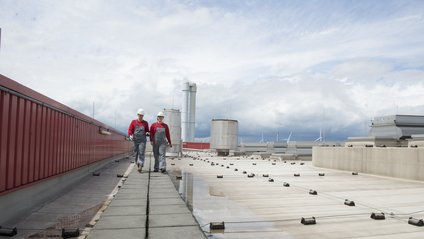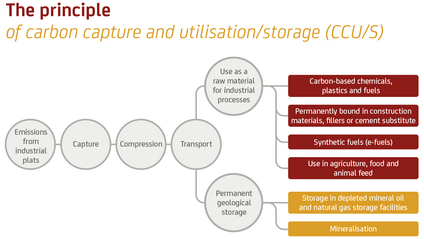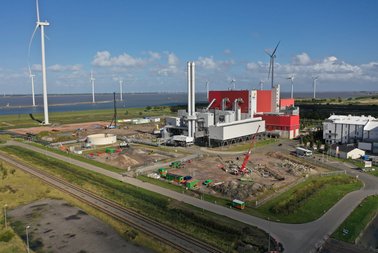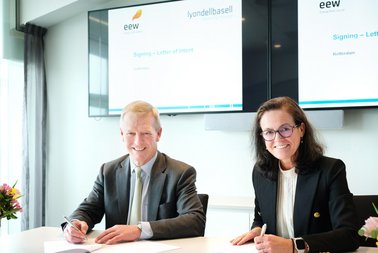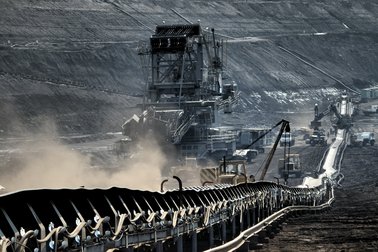Valuable partnership
CO2 can be more than just a harmful greenhouse gas. We want to make CO2 usable as resource. One way we are doing this is by developing carbon capture measures at our Delfzijl site. There, we plan to capture 250,000 tonnes of CO2 annually by 2026 and increase this to 400,000 tonnes annually by 2040. We are doing this with support from the Netherlands Organisation for Applied Scientific Research (TNO).
We believe both carbon capture and utilisation (CCU) and carbon capture and storage (CCS) offer high innovation potential for even more sustainability. Therefore, we are developing projects in which the CO2 contained in the flue gas from waste recovery can be made usable as a raw material for industry. It can be used, for example, to produce basic chemicals such as sodium bicarbonate, methanol or methane as well as for the production of biomethanol for synthetic fuels.
Besides implementing our own projects, we regularly engage in dialogue with researchers, industry and policy-makers about the potential of CO2 as a raw material as well as about the current state of development of CCU and CCS technologies. With our practical expertise, we also directly engage in research to support the development of new technologies and apply the research findings.
Research cooperation with TNO
TNO is an independent research organisation, similar to Germany’s Fraunhofer Society. It focuses on innovations with economic and social value. In particular, it is concentrates on overarching transition and change management topics, such as the steering and acceleration of sustainability processes.
